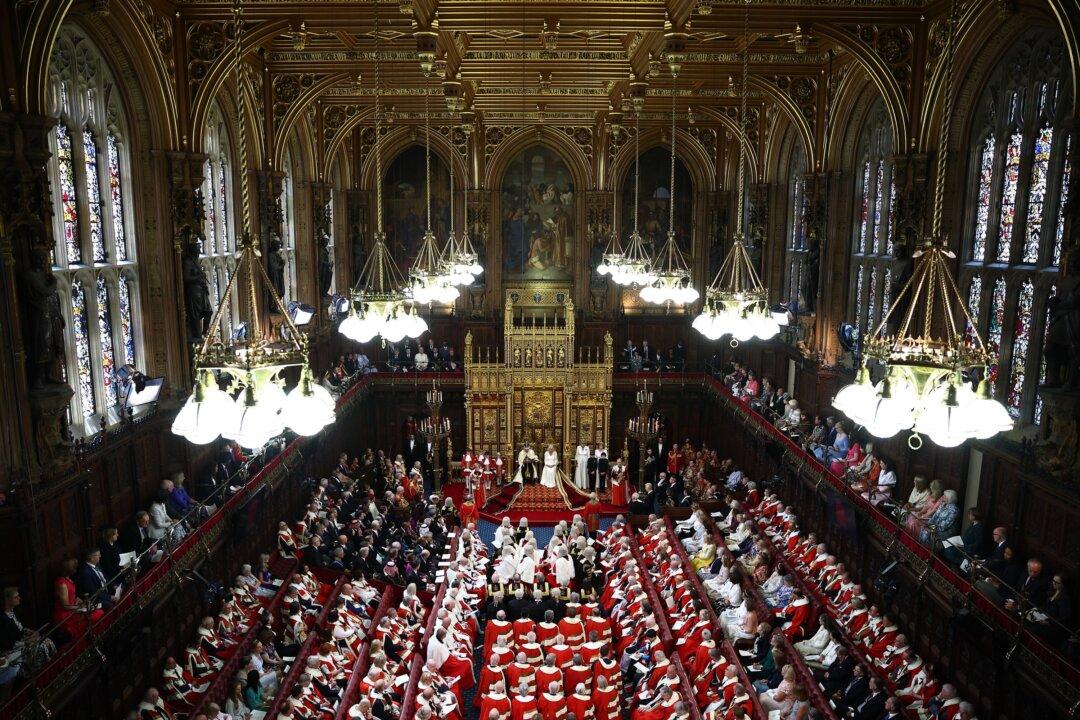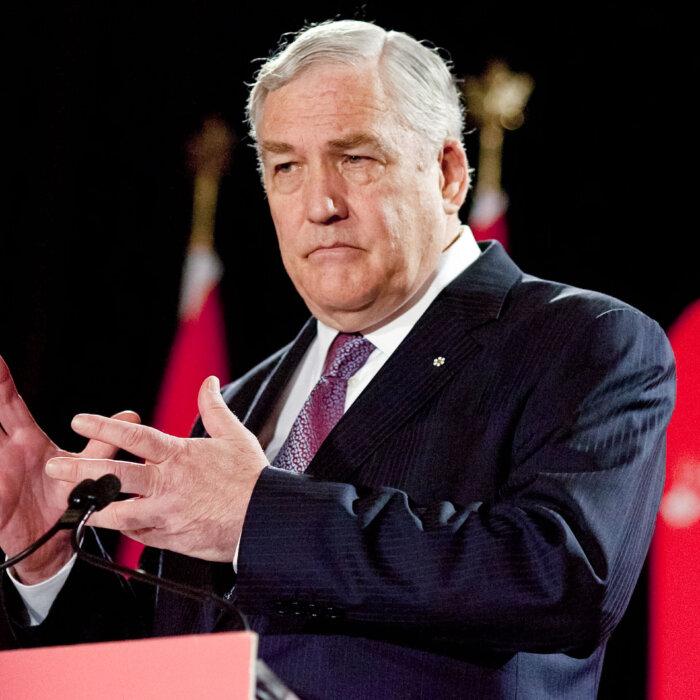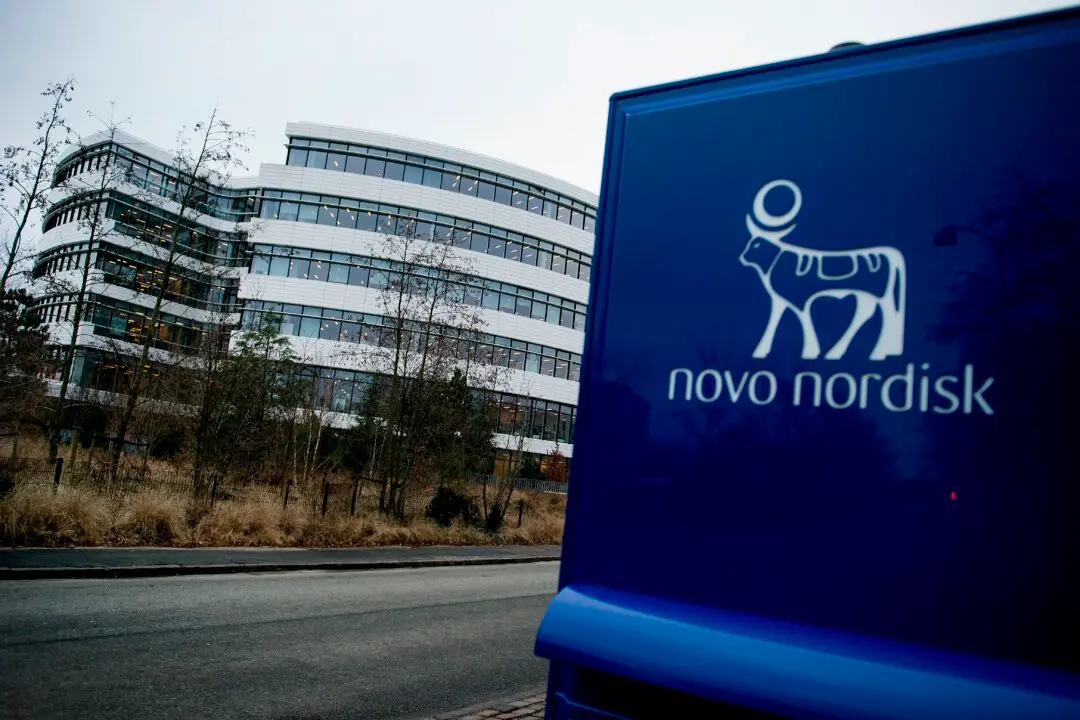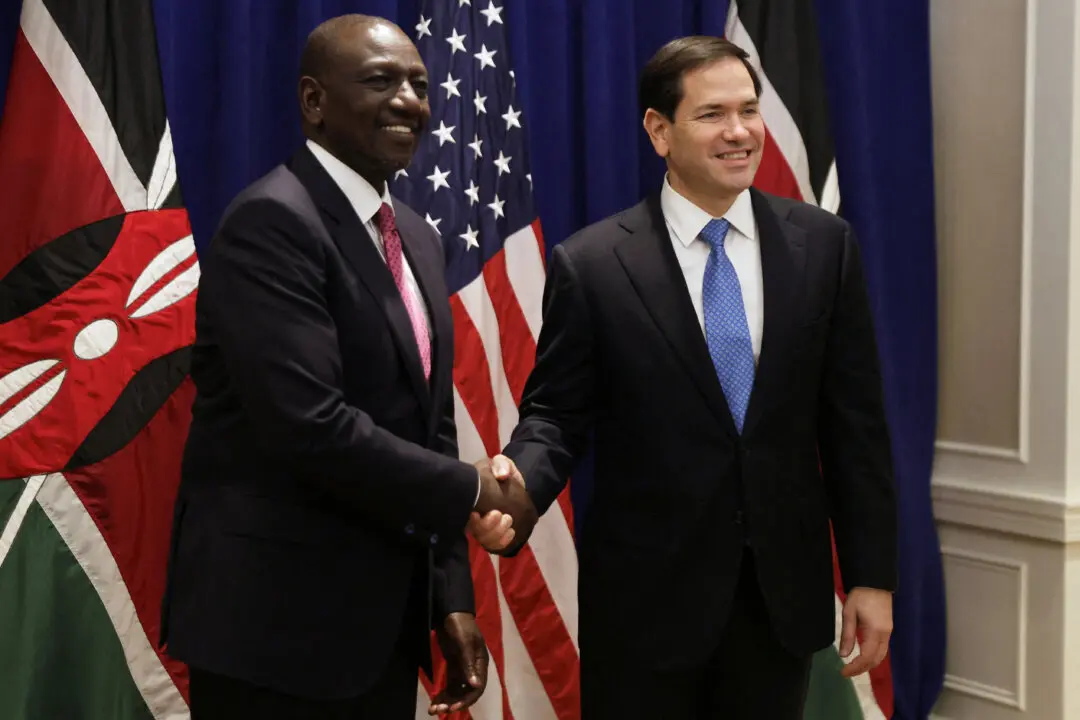The government has begun the process of removing all hereditary peers from the House of Lords by introducing a new bill which aims to finish the job started a quarter of a century ago by Sir Tony Blair.
Abolishing the 92 remaining seats reserved for hereditary peers in the 805-member House of Lords was one of Labour’s manifesto commitments, with the bill forming part of the King’s Speech.
While some officials have previously described the continued presence of hereditary peers in the Lords as “outdated and indefensible,“ with reform “long overdue and essential,” Conservative critics have called the move a “vendetta” and “political vandalism.”
Speaking in the upper chamber on Thursday, Lord Strathclyde questioned the way in which the government had gone about introducing the reform, and branded the move “a high-handed, shoddy political act, removing some of our most senior and experienced peers ... and many others who have held some of the most senior positions in government and commerce.”
Lord Strathclyde, himself a hereditary peer who has been in the Lords since 1986, asked, “Why are there no proposals to remove those peers from the House who very rarely come, rather than those who have shown an active commitment over many years?”
Baroness Angela Smith, the leader of the House of Lords, said: “While recognising the valuable contributions many hereditary peers have made to Parliament, it is right that this reform is being brought forward now, completing work we began 25 years ago.
“Removing the hereditary principle from the Lords will deliver on a specific manifesto commitment. It will also help deliver on our commitment to reduce the size of the second chamber, as we bring forward further reforms.”
Two of the 92 set to lose their right to sit in and vote in the House, Earl Marshal and Lord Great Chamberlain, will retain the constitutional duties they perform on state occasions.
Of the remaining 90 hereditary peers, 15 are elected by the whole House and 75 are chosen by fellow hereditary peers in the House of Lords, grouped by party. This is unlike the 670 life peers, who are appointed by the monarch acting on the advice of the prime minister, or the House of Lords Appointments Commission.
By convention, the prime minister also allows leaders of other parties to nominate life peers, to maintain a political balance in the Lords, while some non-partisan life peers are nominated by the independent House of Lords Appointments Commission.
Origins in the 11th Century
The House of Lords is one of the oldest political institutions in the world, with its origins in the 11th century. Most members are appointed for life, on either a political or non-political basis, with 90 members elected through internal by-elections. The House of Lords also includes up to 26 archbishops and bishops of the Church of England, known as Lords Spiritual.As the upper house of Parliament, the Lords has many similar functions to the House of Commons, such as scrutinising legislation, holding the government to account through debates and questions, and considering and reporting upon public policy. Peers may also seek to introduce legislation or propose amendments to bills.
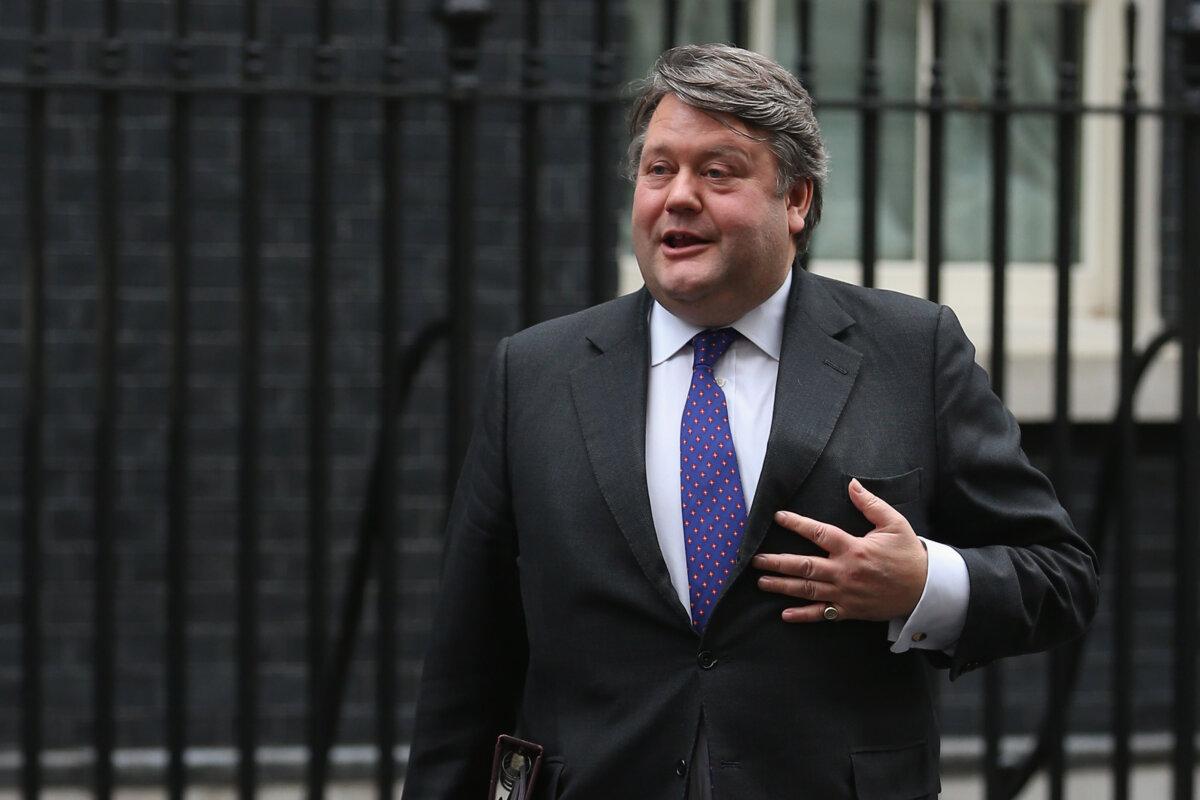
The House of Lords is unable to prevent bills passing into law, except in certain limited circumstances, but may delay the enactment of bills for up to a year. In this capacity, and as a body independent from the pressures of the political process since peers are not elected, the upper chamber is often regarded as a “revising chamber” focusing on legislative detail, while occasionally asking the Commons to reconsider its plans.
Unlike the Commons, which has a defined number of seats at 650, the number of members in the House of Lords is not fixed. With its 805 sitting members, the Lords is the only upper house of any bicameral parliament in the world to be larger than its lower house, and is the second-largest legislative chamber in the world, behind the National People’s Congress of China.
The last Labour government under Blair’s premiership removed most hereditary peers in 1999, but allowed 92 to remain in what was initially intended to be a short-term compromise to get the legislation through.
About half of those still in the chamber are Conservatives, with the rest mainly independent crossbenchers with a small number of Labour and Liberal Democrat peers.
Current hereditary peers in the Lords include Lord Attlee, grandson of the Labour post-war Prime Minister Clement Attlee who oversaw the founding of the modern welfare state; the Duke of Wellington, whose great-great-great-grandfather commanded the defeat of Napoleon at Waterloo in 1815; and Viscount Stansgate, whose father Tony Benn renounced his peerage to sit in the Commons, where he became a prominent anti-EU voice on the left of the Labour Party.
Labour remains formally committed to abolishing the House of Lords altogether and replacing it with an elected second chamber, but the party’s 2024 manifesto promised only to “consult on proposals.”
